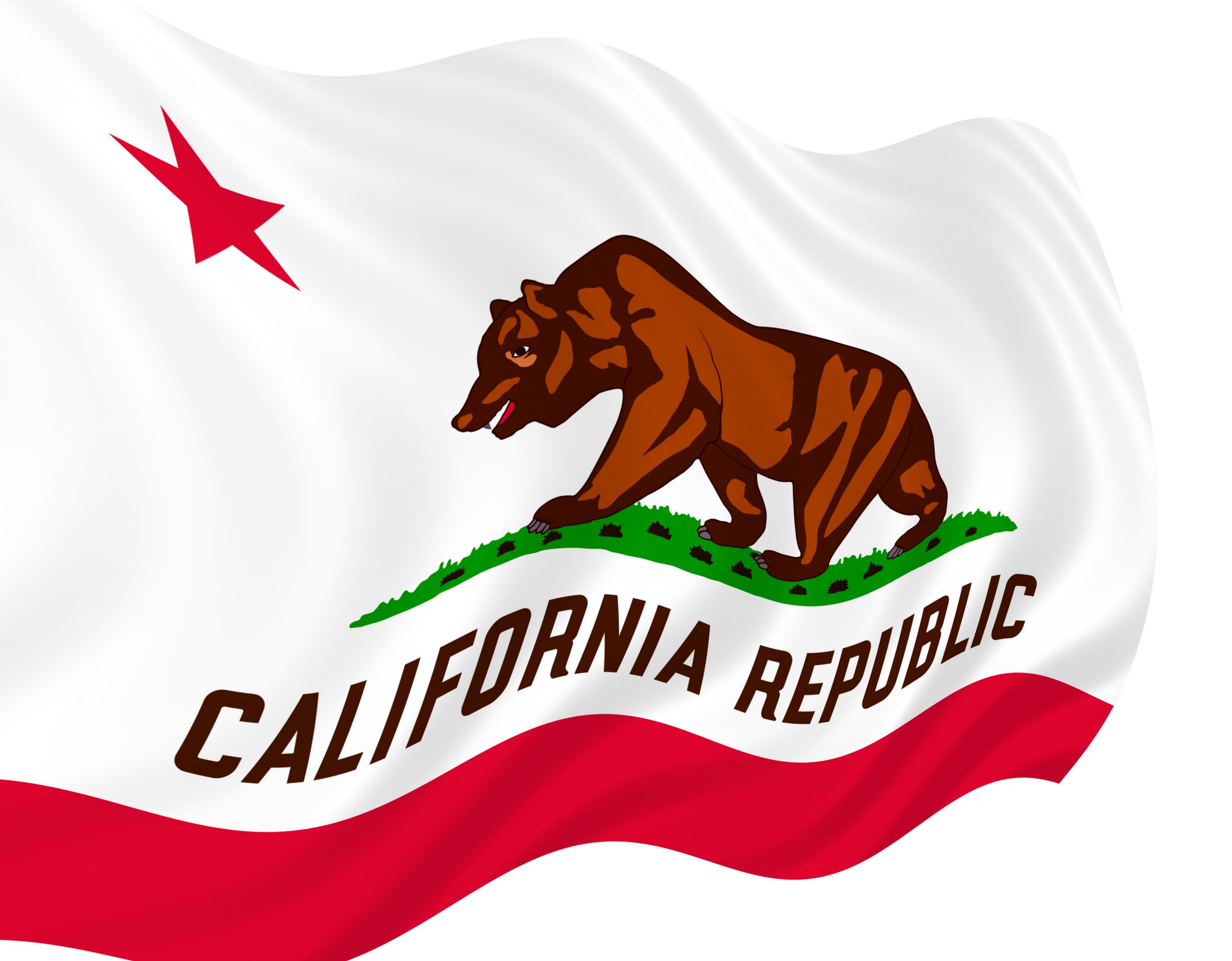Observers wondering just how different this year’s state budget would be got confirmation this week that the 2020-21 budget will be far different from envisioned in January.
In a memo to the Capitol community released on Tuesday, the Assembly Budget Committee acknowledged this new reality: “When we reconvene, we will have less money and less time to adopt a balanced budget.”
This year’s budget process is setting up to be unlike any we’ve experienced before.
For those who are not regular state budget watchers, March through May represents the prime time when significant budget work is accomplished through budget subcommittee hearings. The Governor then presents his “May Revision” budget plan on May 10 – incorporating April’s tax receipts and changing priorities – before the sprint begins to pass a final budget by the June 15th constitutional deadline.
This year, there will be two major budget proposals enacted. The first – the traditional June 15th budget – will be a “baseline” or “workload” budget based on current year spending levels. This will be little more than a starting point.
With Tax Day now delayed until July 15th, the budget committee anticipates making an “August Revision” once the state has a complete picture of tax receipts after Tax Day. Lawmakers and the Governor will then work together to set spending priorities with more complete economic data.
We got an initial taste of some of the new state budget priorities to fight the coronavirus this week, with Gov. Newsom’s announcement that the state had acquired a supply of 200 million N95 masks per month. The cost? $495 million.
Not surprisingly, the committee acknowledged that the Governor’s January budget has been tossed aside.
“If budget subcommittees were to meet right now, almost all new January 2020 budget proposals will not be heard,” the committee wrote.
This means that controversial proposals to expand state-funded health care to illegal immigrants over the age of 65 and Newsom’s plan to create a California-only drug label won’t go forward this year.
And for the first time, liberal lawmakers admitted that budget cuts will be very likely this year.
“We may even need to revisit some reductions to existing state programs . . . given the State’s fiscal condition,” they wrote.
Going forward, the committee said of the August Revision: “Given the initial projections of the virus’s impact on the economy, it is possible the State will need to consider sizeable ongoing reductions to major programs during this time.”
The last time the state faced a major budget crisis was 2009-10, when lawmakers adopted $68 billion in budget solutions over two budget proposals passed in February and July 2009 to close a historic shortfall. The political dynamic was very different back then with a two-thirds budget vote requirement and a Republican governor – requiring significant compromise all around.
Billions in cuts will surely be required to balance the budget this year – even with some of the proceeds from the bipartisan rainy day fund softening the blow. As the budget takes shape, the big question is whether Capitol liberals will go along with what will surely be an “austerity” budget – or will there be calls to reject cuts in favor of the Legislature raising taxes.
Being a small business owner, Newsom surely understands that a tax increase would be the worst course the state could take right now with an economy in freefall.
Tim Anaya is the Pacific Research Institute’s senior director of communications and the Sacramento office.

